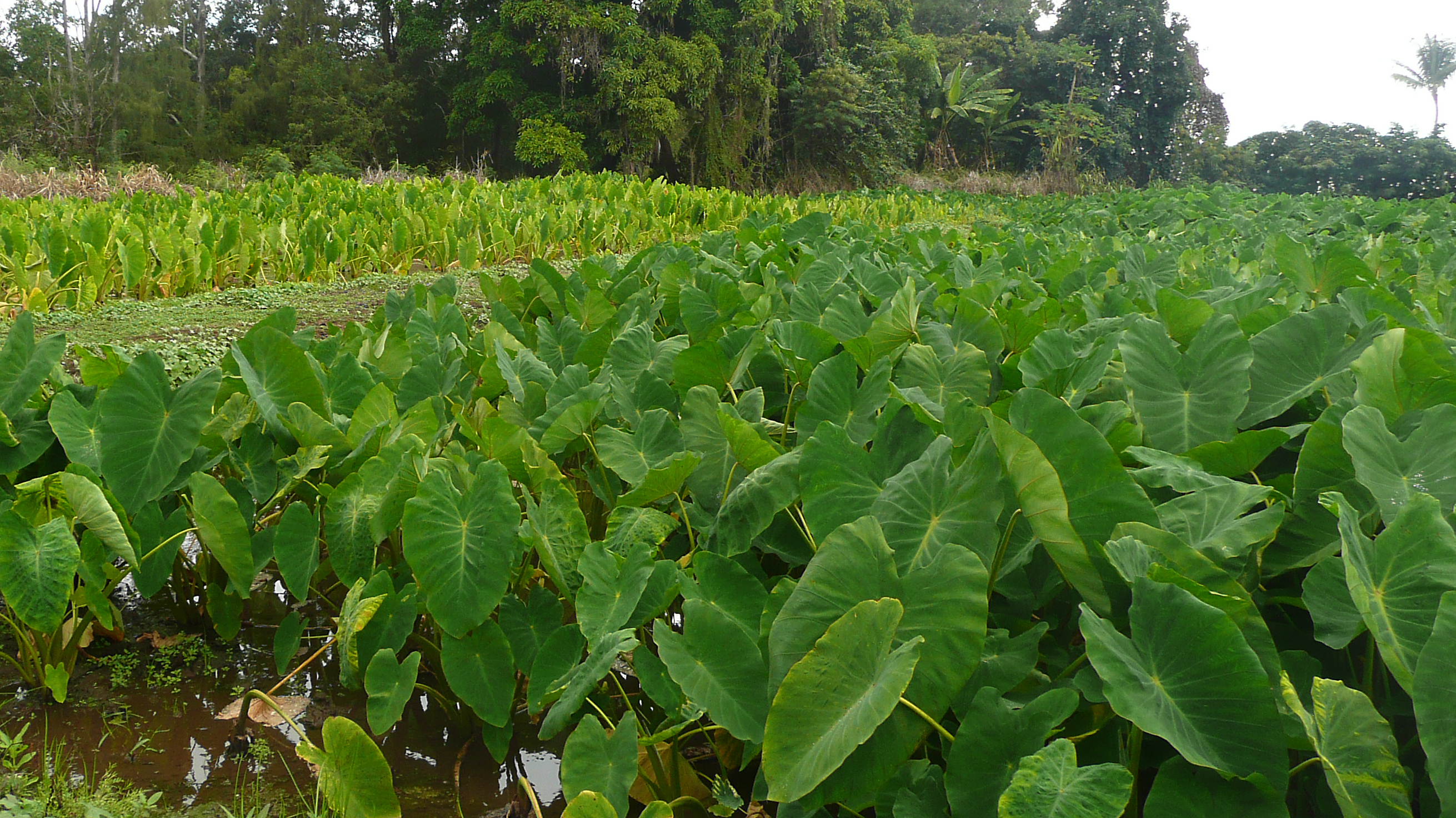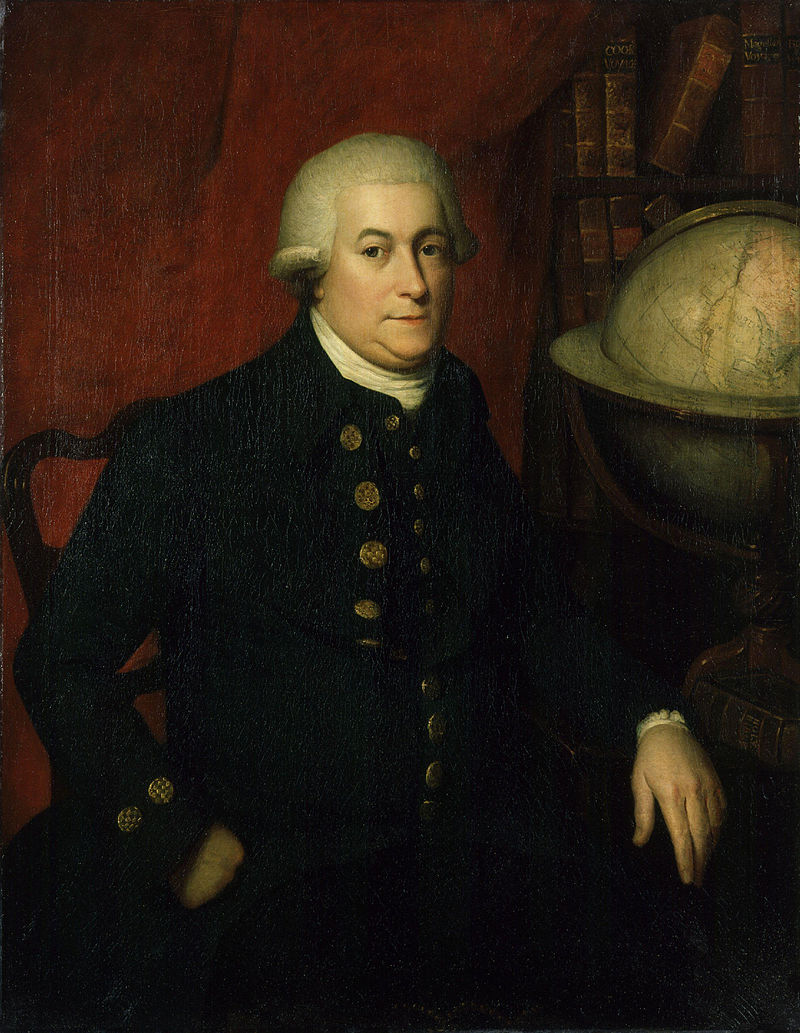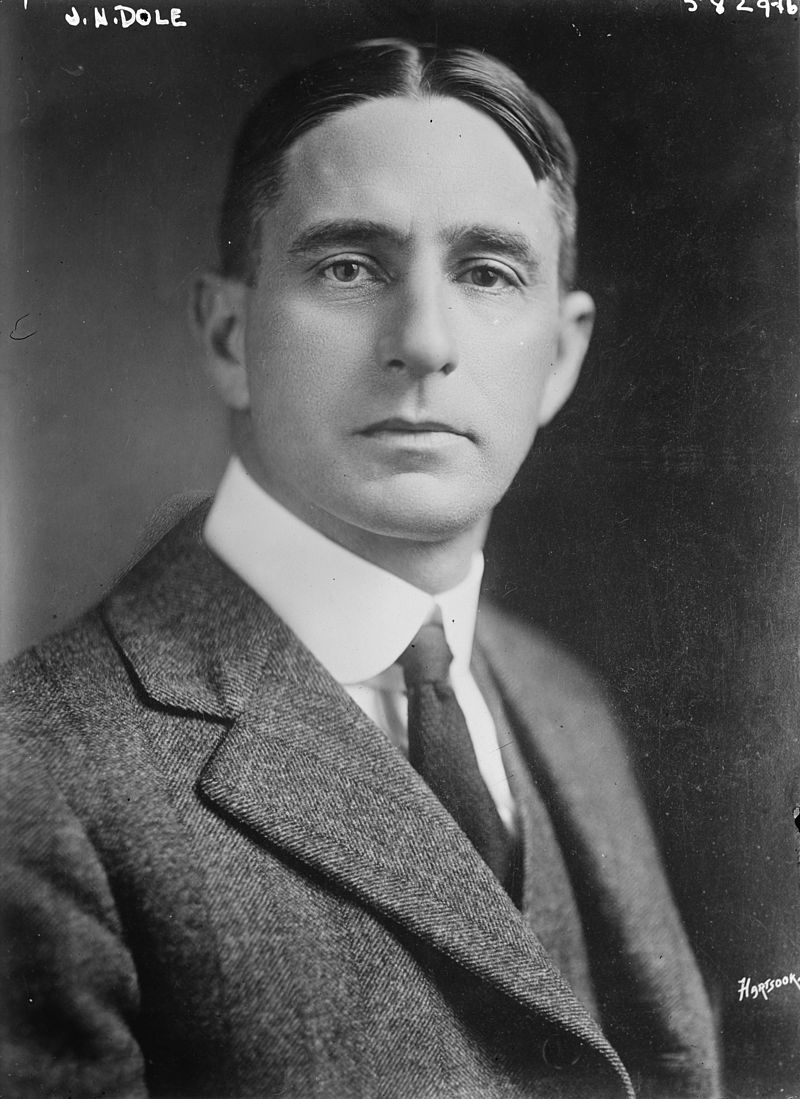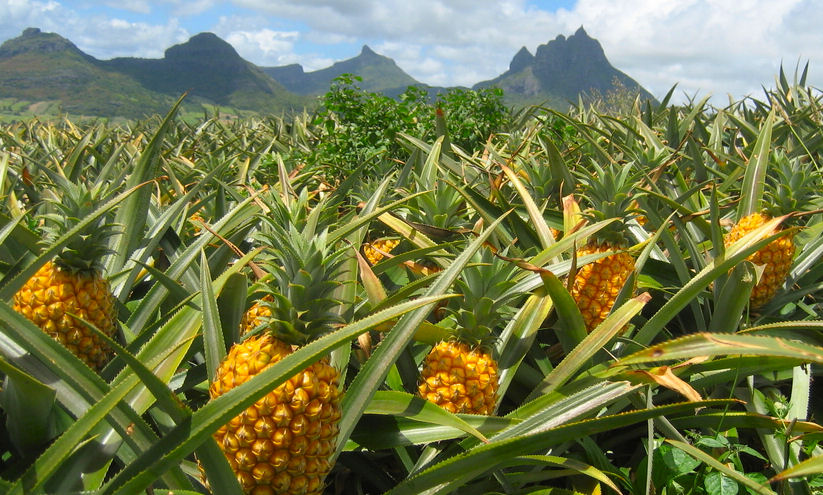Lānaʻi was under the control of nearby Maui before recorded history with its first inhabitants arriving as late as the 15th century.
The name Lāna`i is of uncertain origin, but the island has historically been called ‘Lānaʻi o Kauluāʻau’, which can be rendered in English as “day of the conquest of Kauluāʻau.” This epithet refers to the legend of a Mauian prince who was banished to Lānaʻi for some of his wild pranks at his father’s court in Lāhainā. The island was reportedly haunted by Akua-ino, ghosts and goblins. Kauluāʻau chased them away and brought peace and order to the island and regained his father’s favor as a consequence.
The first people to migrate here were most likely from Maui and Molokaʻi. They established fishing villages along the coast initially but later branched out into the interior where they raised ‘taro’ in the fertile volcanic soil. During most of those times, the Mo’i of Maui held dominion over Lānaʻi, but generally left the people of Lānaʻi alone. Life on Lānaʻi remained relatively calm until Kamemaheha I took control, slaughtering people across the island. So many were killed that Captain George Vancouver ignored the island in 1792, because of its apparent lack of villages and population. It is also worth noting that Lānaʻi was Kamehameha’s favorite fishing spot across Hawaii’s main eight islands.
By the 1870s, Walter M. Gibson had acquired most of the land on the island for ranching. Prior to this he had used it as a Mormon colony. In 1899, his daughter and son-in-law formed ‘Maunalei Sugar Company’, headquartered in Keomuku, on the northeast coast downstream from Maunalei Valley. The company eventually closed up a few years later in 1901.
In 1922, James Dole, the president of Hawaiian Pineapple Company (known today as the Dole Food Company), bought the island and developed a large portion of it into the world’s largest pineapple plantation.
With Hawaii gaining official statehood in 1959, Lānaʻi became part of the County of Maui.





